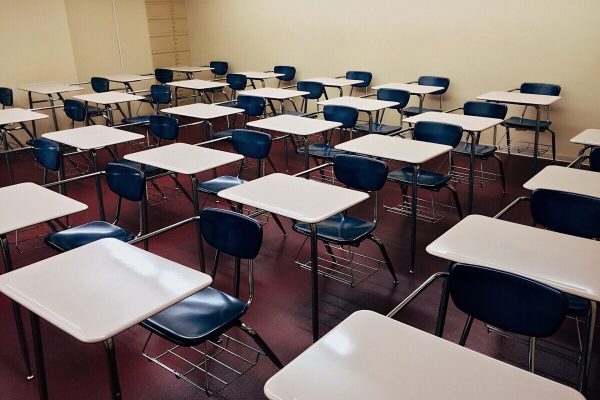COVID-19 highlights educational inequities

The novel coronavirus, better known as COVID-19, has changed the world as we know it. This holds true for the field of education, particularly K-12 schools in North Carolina and across the U.S.
COVID-19 has exposed glaring educational inequities that were present before the pandemic, and, in many ways, have been amplified during this crisis. As a result, here are four major educational inequities that have directly impacted the most vulnerable K-12 students’ ability to learn and reach various educational academic achievement metrics.
[Find all of our coronavirus articles here]
Educational Inequities Impacting the Most Vulnerable Students
- The Digital Divide is Real. While schools across the U.S. have done a stellar job in trying to provide electronic devices to all students, this pandemic has highlighted that even more electronic devices do not close the digital divide. Students need high-speed Internet access in their homes and communities just to have a fair opportunity to access learning materials, videoconferences with educators and complete course requirements. Across the country, we hear stories from educators that indicate that they have not seen or heard from many students that live in economically-challenged home situations. As a result, this pandemic has highlighted that thousands of students cannot even connect to let their schools know how they are doing. And in many instances, they cannot do any academic work virtually.
- Access to Food. COVID-19 has highlighted a well-known fact in education: Not all students have access to food on a daily basis. These students rely solely on their schools for this daily nutrition. Schools have done a great job in setting up feeding sites at designated schools; however, many of these same students do not have the transportation to get to these feeding sites, since many school buses are not providing transportation during this pandemic. As a result, the lack of access to nutrition or no transportation to get to nutrition is another educational inequity exposed during this pandemic.
- Access to Specialized Support Services. In order for many students to succeed in school, specialized support services are offered inside the school. COVID-19 has revealed that the most vulnerable students are more likely to be negatively impacted. Unfortunately, many of these students are not able to receive the essential services that are key to their academic success, such as one-on-one academic support, access to school nurses and interaction with social workers.
- Structured-Learning Environments. COVID-19 has revealed that not every student has a structured learning environment at home, with a dedicated space to focus on academics. Many students attending school are homeless or living in situations that are not stable and conducive to learning. The result: these students will fall behind academically due to factors that are beyond their control.
In closing, the four educational inequities highlighted in this article are just a brief snapshot of many educational inequities that have emerged on a larger scale during COVID-19. It is my hope that these will spark proactive conversations as we support all students by providing the academic support needed during the pandemic and beyond.
Additionally, I encourage all readers to seek ways to partner with schools in your local area to support students who are the most vulnerable and provide opportunities for the next generation.
Chance W. Lewis, Ph.D. is the Carol Grotnes Belk Distinguished Professor of Urban Education and Director of the Urban Education Collaborative in the Cato College of Education. He also serves as the Provost Faculty Fellow for Diversity, Inclusion and Access at UNC Charlotte. He can be reached by email at chance.lewis@charlotte.edu or on the web at www.chancewlewis.com.
Chance W. Lewis, Ph.D.